Festival of Colours, Holi and pretty much announce the arrival of spring. This year, Holi 2024 date in India is March 25. This festival is my personal favourite; we get so much to do on this day: sweets, quality time with loved ones, laughter, and whatnot.
This colourful festival brings everyone together, despite our backgrounds or beliefs. And let’s not forget about Ranga Panchami (celebrated on the fifth day following Holi), another colourful celebration to add more excitement to the festivities.
The colourful festival unites people from all over the nation, where each region adds its unique traditions and customs to the lively celebrations. Despite different beliefs, this beautiful festival symbolises joy and the triumph of good over evil.
So I am going to share the 14 most attractive forms of Holi that are celebrated around India.
Together, in this blog we’ll find:
Phoolon Wali Holi is one of the most enchanting Holi traditions at the Banke Bihari Temple in Vrindavan, where you’ll have the privilege to witness the celebration. It’s truly a sight to behold. Lord Krishna devotees gather from across the nation to revel in the spirit of the festival.
Phoolon wali Holi, or the Holi of flowers, holds a special place in our hearts. Instead of traditional colours, flower petals fill the air, creating a captivating display of colour and joy.
As the Holi 2024 date in India approaches, get ready for a particular spiritual experience.
If Phulon wali Holi isn’t enough for you, Lathmar Holi is another charmer to get you in the mood. It’s a unique form of Holi celebrated in the town of Barsana, located in the northern state of Uttar Pradesh.
Here, women playfully beat men with sticks, symbolizing the story of Lord Krishna and his beloved Radha. That’s kind of fun!
Read more:https://www.beingmomandmore.com/7-thandai-drinks-to-enjoy-on-holi-2023/
When it comes to Holi Fam Jam, Haryana is no less festive than Uttar Pradesh. Dhulandi Holi is celebrated with great enthusiasm and is a playful Holi celebration between Bhabhi (sister-in-law) and Devar (brother-in-law).
One of the distinguishing features of Holi in Haryana is the use of ‘kolde’ (a cloth dipped in water and then rolled) by Bhabhis to hit Devars during the festivities. The dance is known as ‘Dhamal’ and is a popular tradition in many parts of Haryana.
4. Royal Holi of Rajasthan
The Royal Holi of Rajasthan, also known as the ‘Maharaja’s Holi’, is a grand celebration of the festival of colours.
It’s a unique and traditional celebration marked by a display of regal splendour and rich cultural heritage celebrated by the royal families of Rajasthan, who gather together to participate in various cultural events and performances.
The celebrations usually begin with a grand procession of decorated elephants, camels, and horses, accompanied by musicians and dancers dressed in colourful traditional attire.
Manjal Kuli is a Holi-like festival celebrated in the southern state of Kerala. As clean and green as the place is, they celebrate this colourful festival by throwing turmeric powder at each other, which is believed to have several health benefits.
As the Holi 2024 date in India draws near, let’s immerse ourselves in the lively celebration and unity across diverse cultural festivities.
Knowing that our country has such huge diversity in cultural beliefs, speaking of cant be missed. Dol Jatra is the name given to Holi in the eastern state of West Bengal. Here, people carry the idol of Lord Krishna on a palanquin and throw coloured powder and water at each other.
Finished?? Not just yet! There is so much more to know about this lovely colourful festival. Speaking of which….
Shigmo, a spring festival, is celebrated in the western state of Goa and is similar to Holi in many ways. It is marked by traditional folk dances, music, and color throwing. Now, you are also thinking of planning your next Holi in Goa style, right?
This is also known as Kamavilai Pandigai, is a traditional festival celebrated in the southern Indian state of Tamil Nadu. The villagers decorate their houses with colourful rangolis and prepare special dishes like kozhukattai (steamed rice dumplings) and payasam (sweet pudding).
The main event of the festival is the procession of the village deity, Mariamman, who is carried on a decorated chariot around the village. The procession is accompanied by music and dance performances, and villagers offer prayers and offerings to the deity.
Phaguwa is the name given to Holi in the state of Bihar. Here, the celebrations involve a grand procession known as the Phaguwa Pari, in which people dressed in colourful clothes dance to traditional Bhojpuri music.
Baithaki Holi is a more subdued form of Holi celebrated in the northern state of Uttar Pradesh. Here, people gather in small groups and sing devotional songs while throwing colours at each other.
Rang Panchami is a post-Holi celebration that takes place five days after the main festival. It is celebrated in the state of Maharashtra and involves throwing colours at each other and playing with water.
Extend the Holi 2024 festivities with the vibrant Rang Panchami and add an extra burst of colour to your cherished memories.
Khadi Holi is a unique form of Holi celebrated in the Kumaon region of Uttarakhand. Here, people wear traditional white clothes made of khadi and throw colours made from flowers.
Hola Mohalla is a Sikh festival celebrated in the northern state of Punjab and is similar to Indian Holi in many ways. It is celebrated with traditional martial arts displays, music, and the throwing of colors.
In conclusion, the different forms in which Indian Holi is celebrated add diversity and richness to the country’s cultural heritage.
Whether it is the playful beating of men with sticks in Lathmar Holi or the throwing of turmeric powder in Manjal Kuli, each tradition holds a unique charm and significance, making Holi 2024 an anticipated festival of cultural vibrancy and unity.
May you remember the Holi 2024 date in India as the best time of your life!



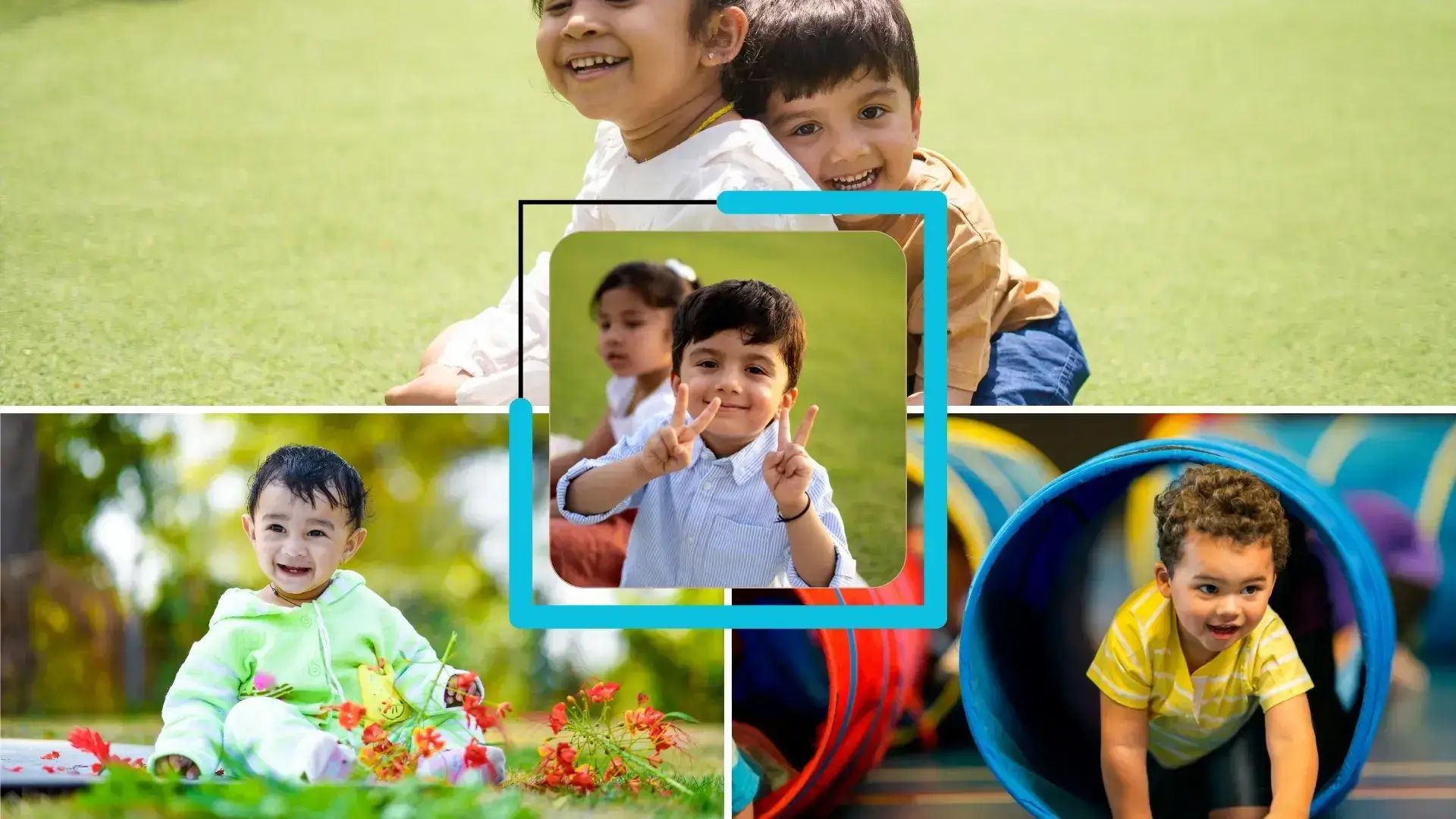

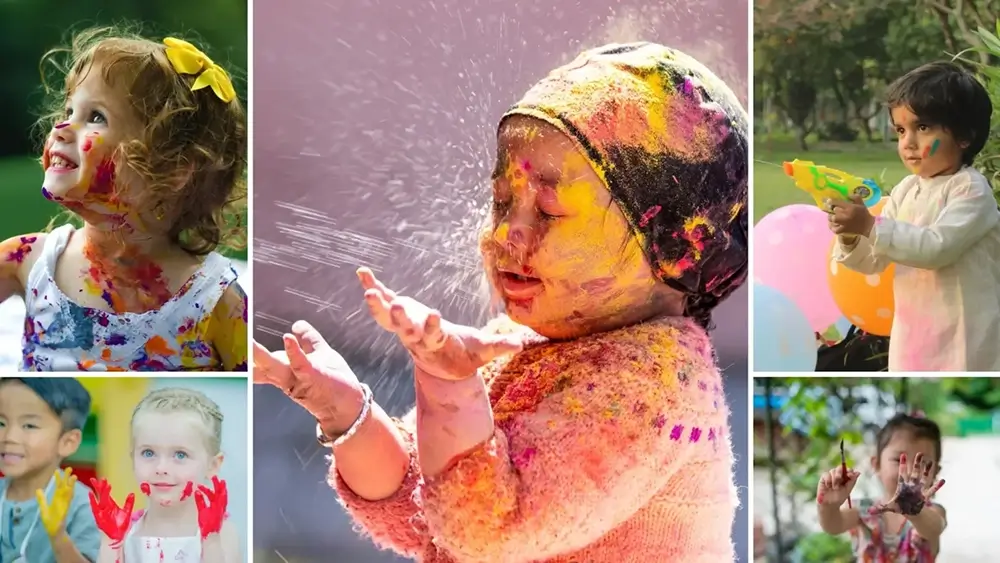
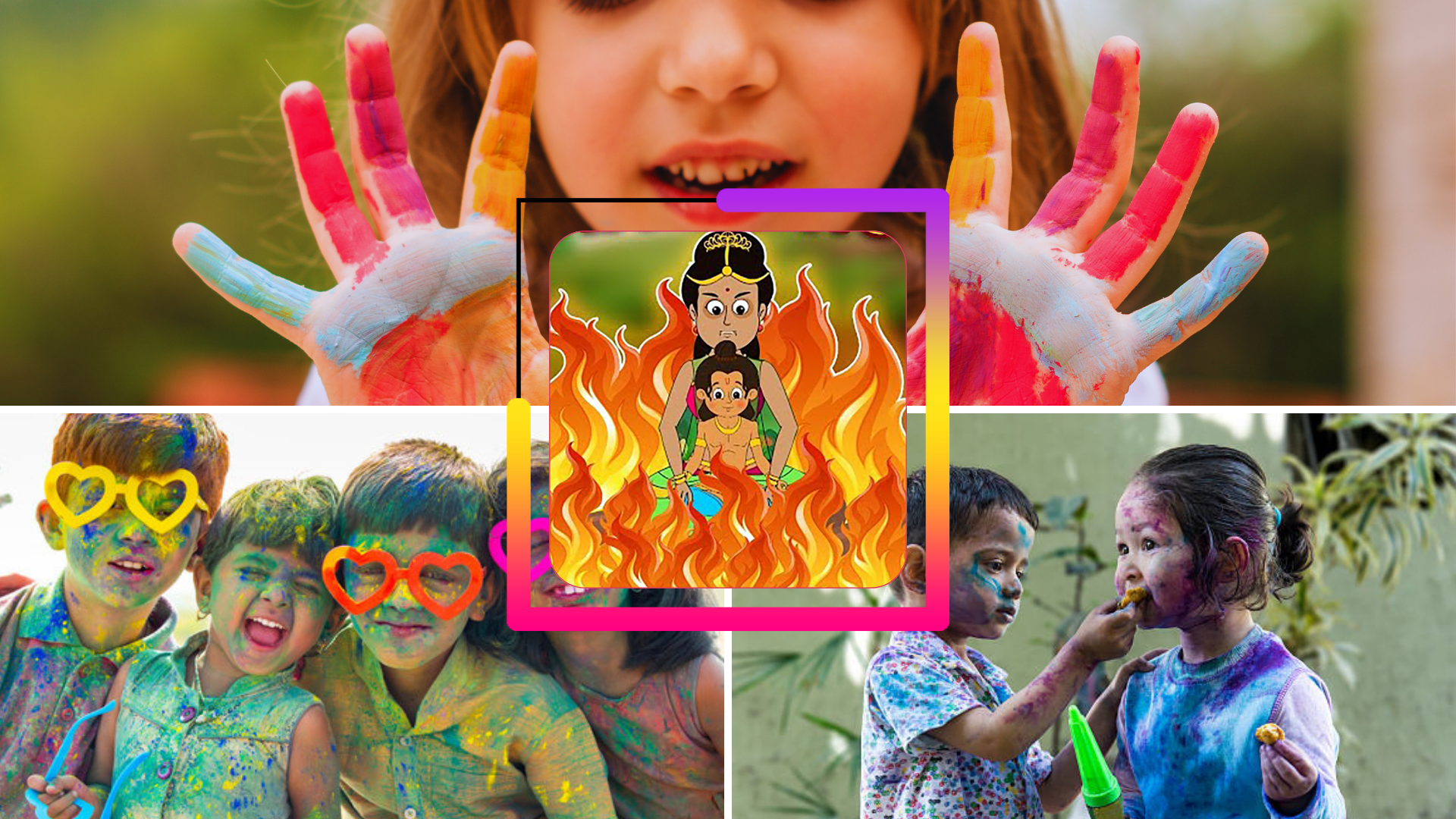

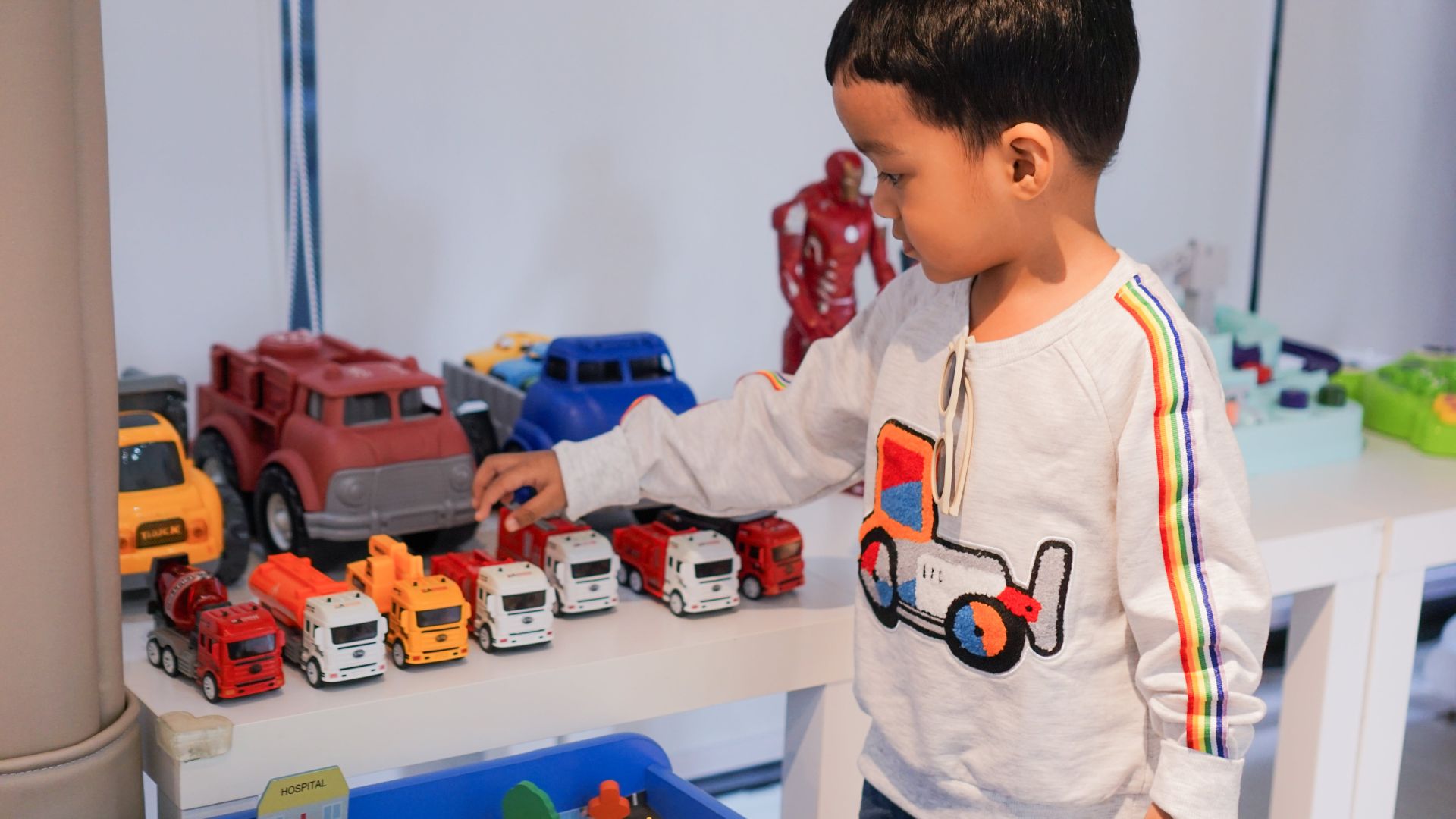






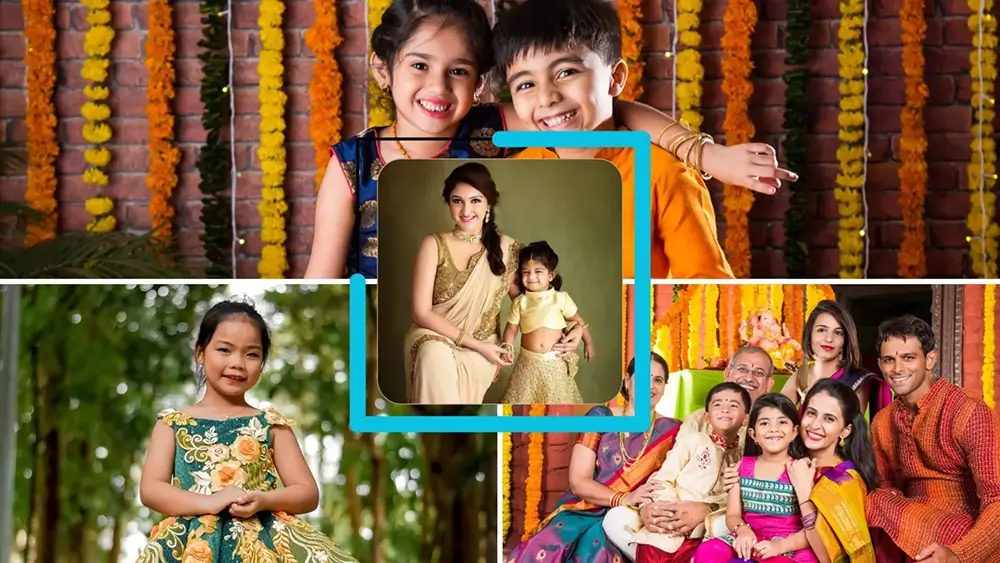



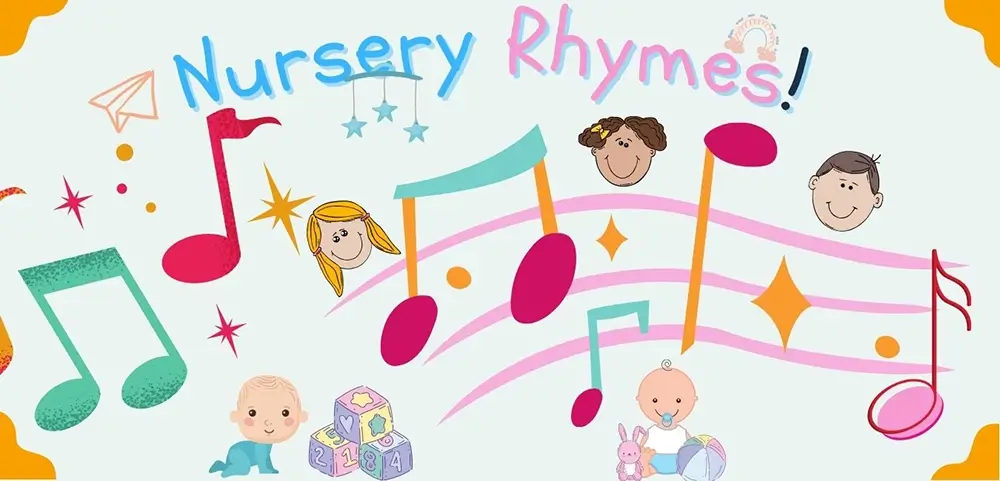

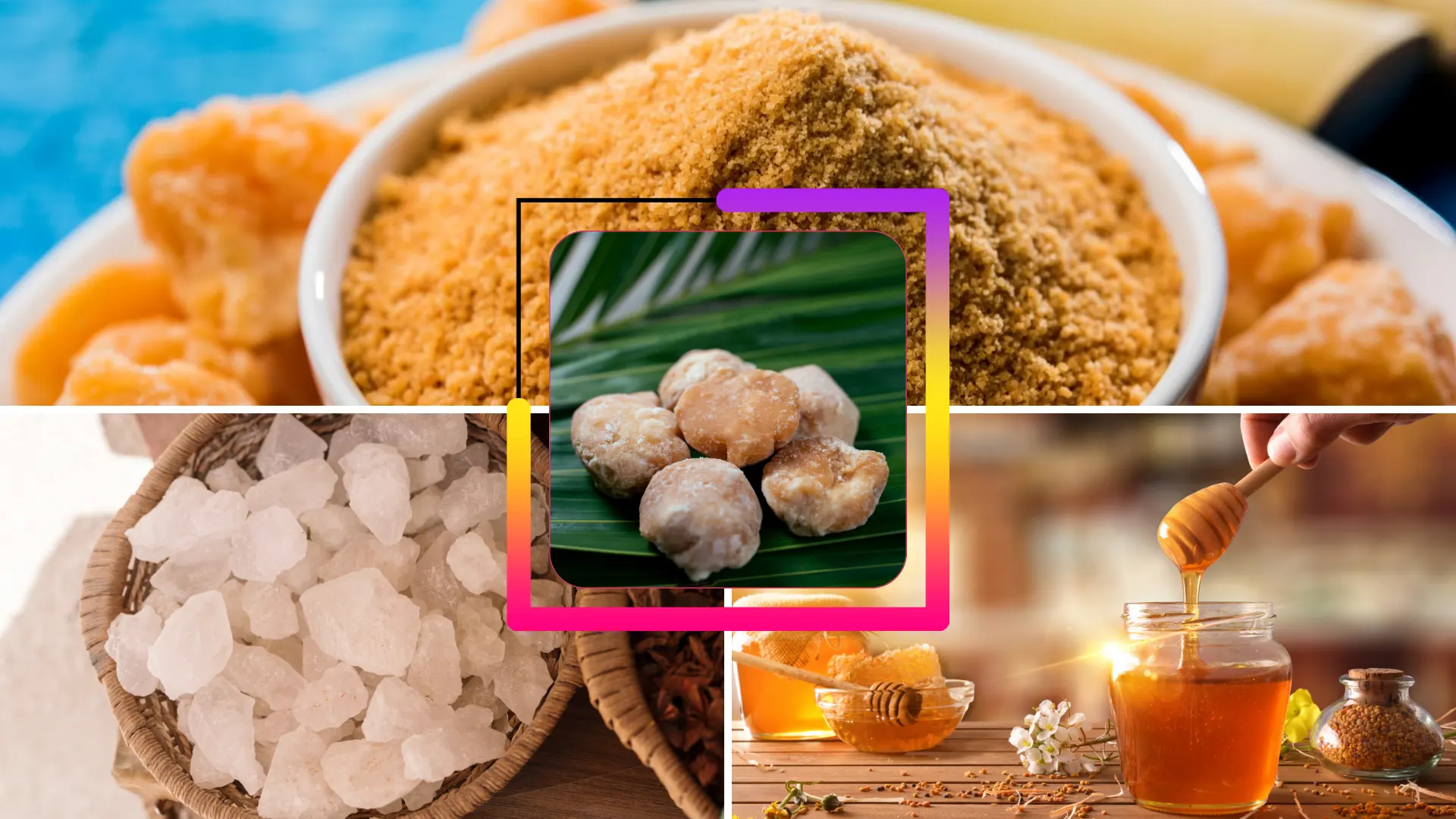
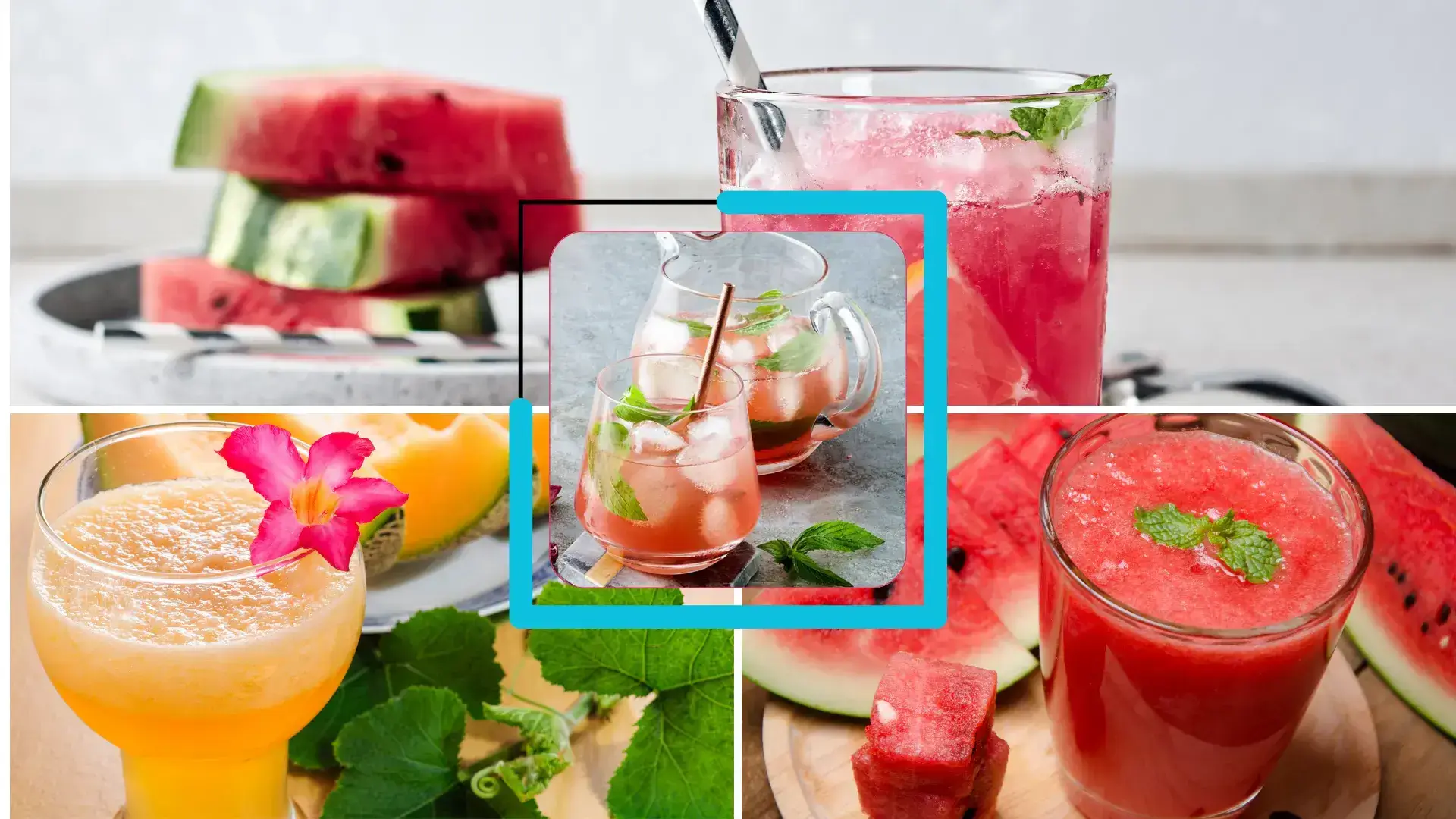

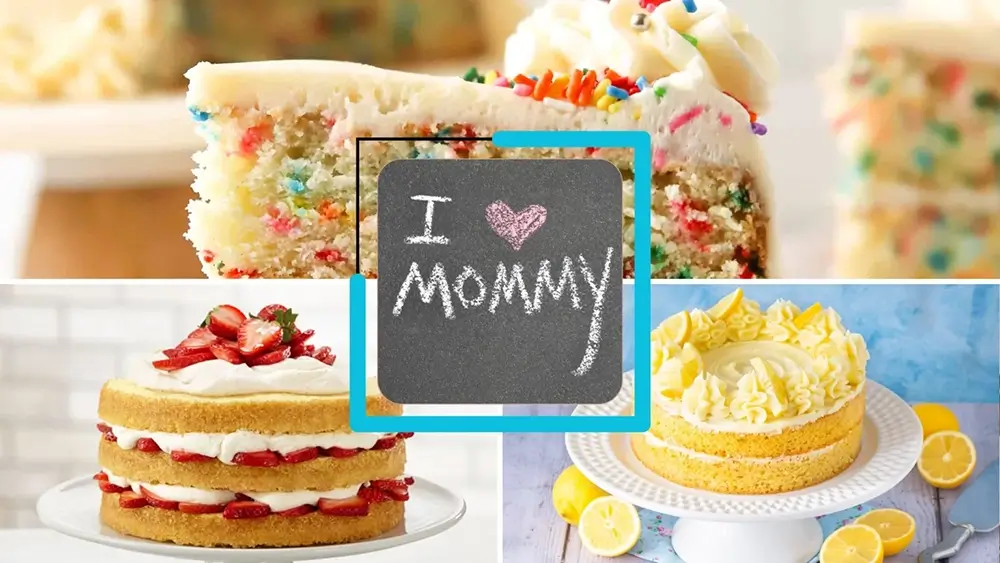
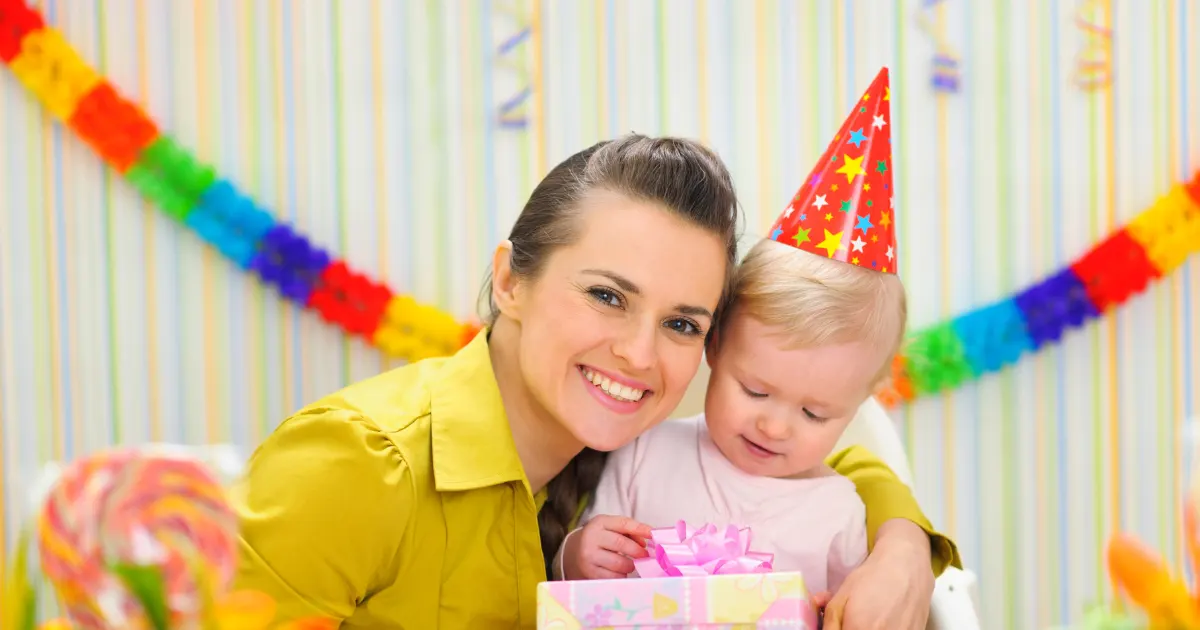
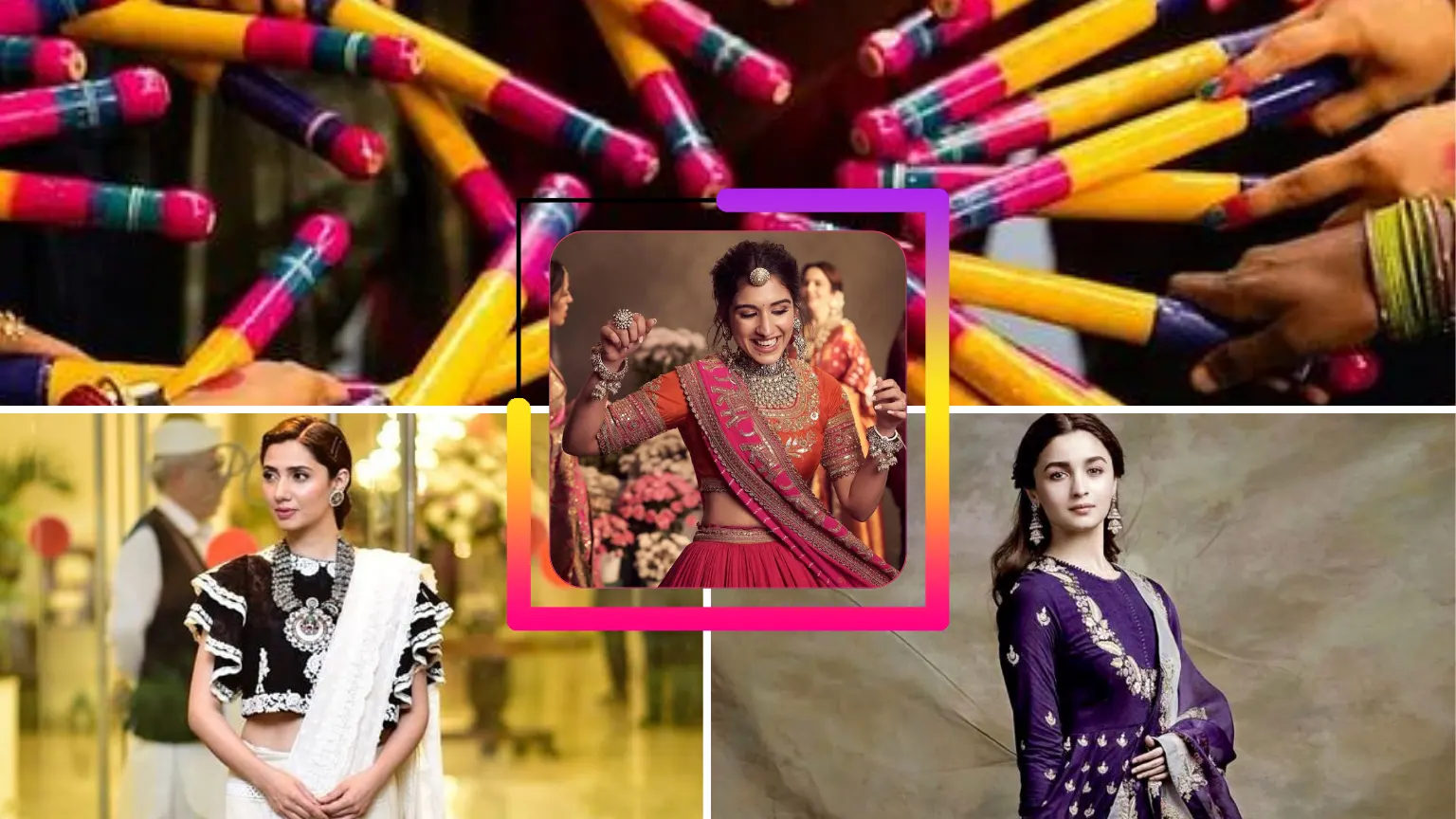

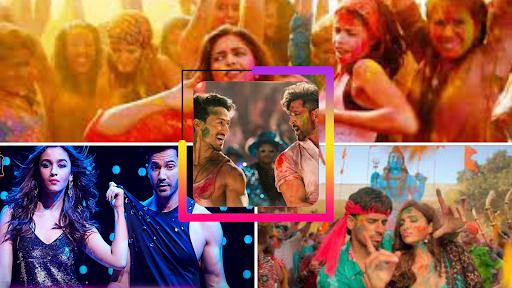


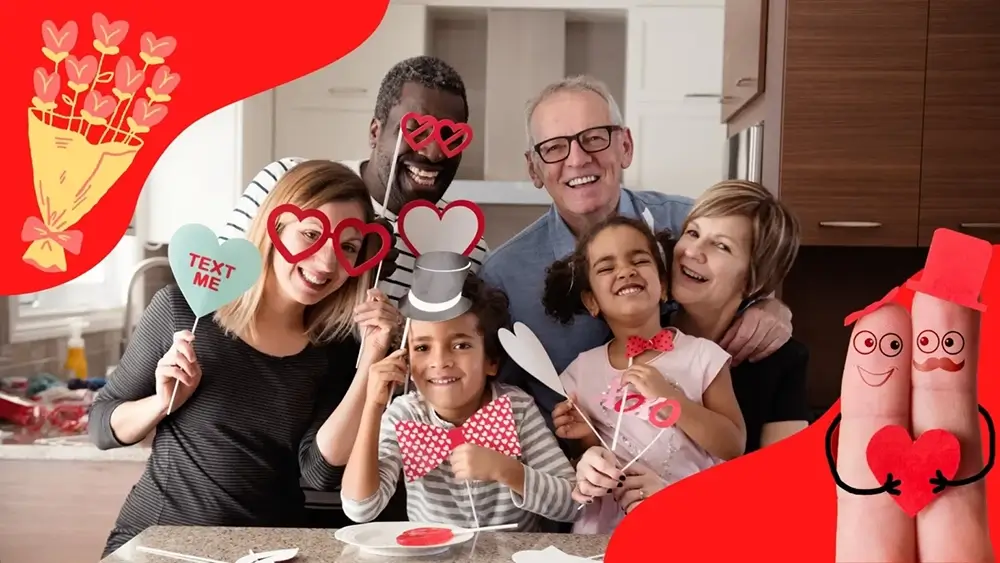

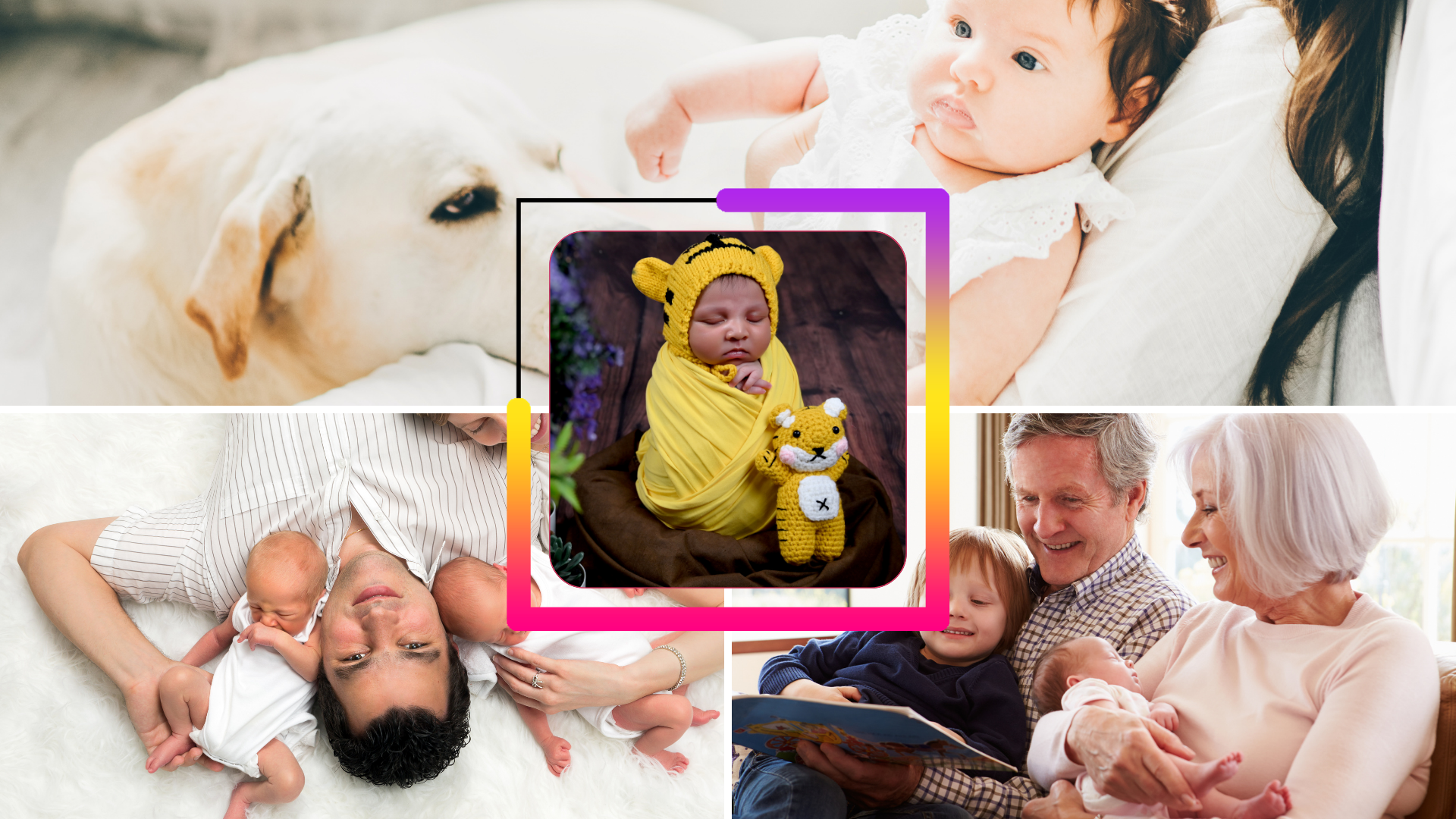
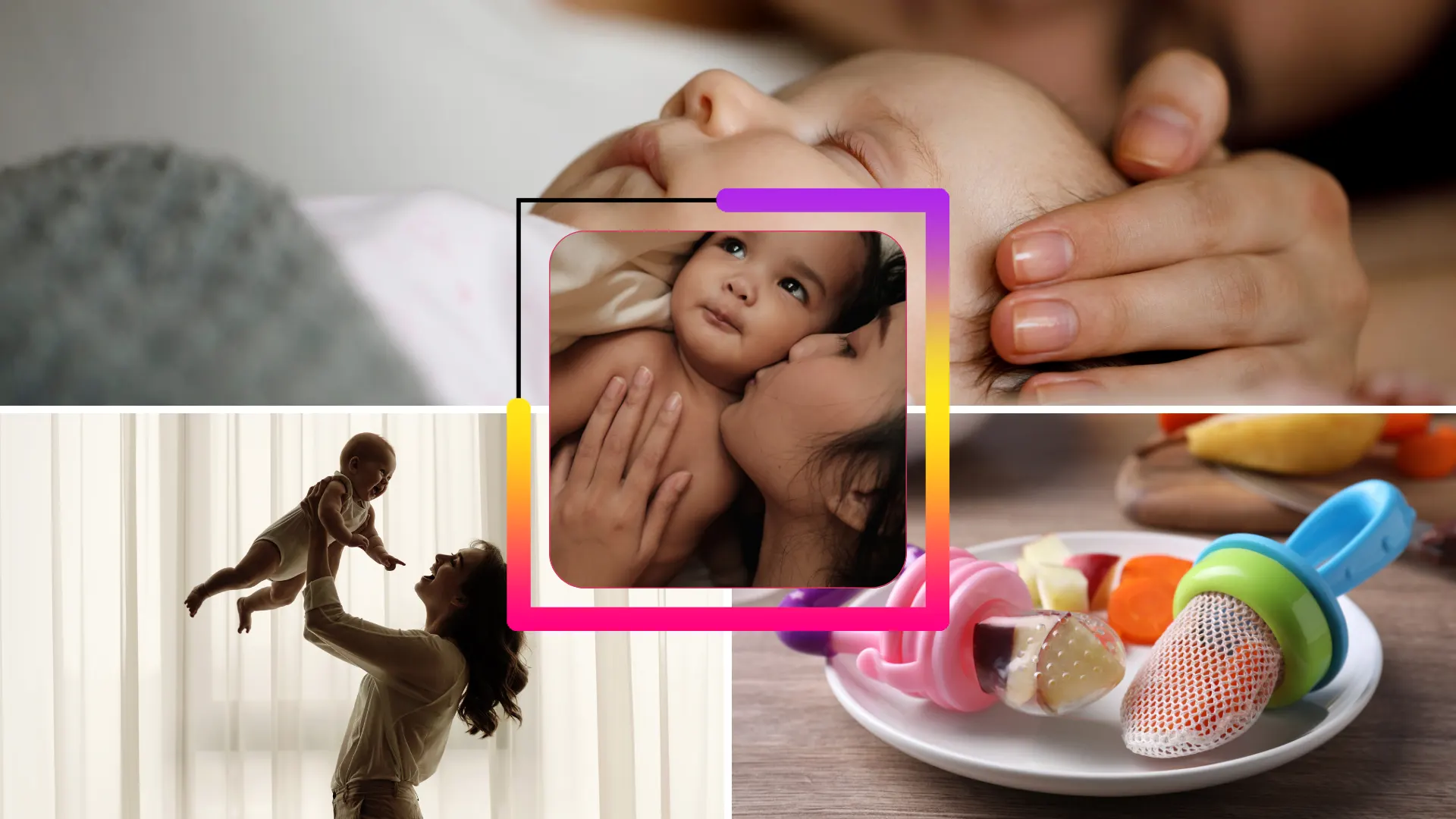
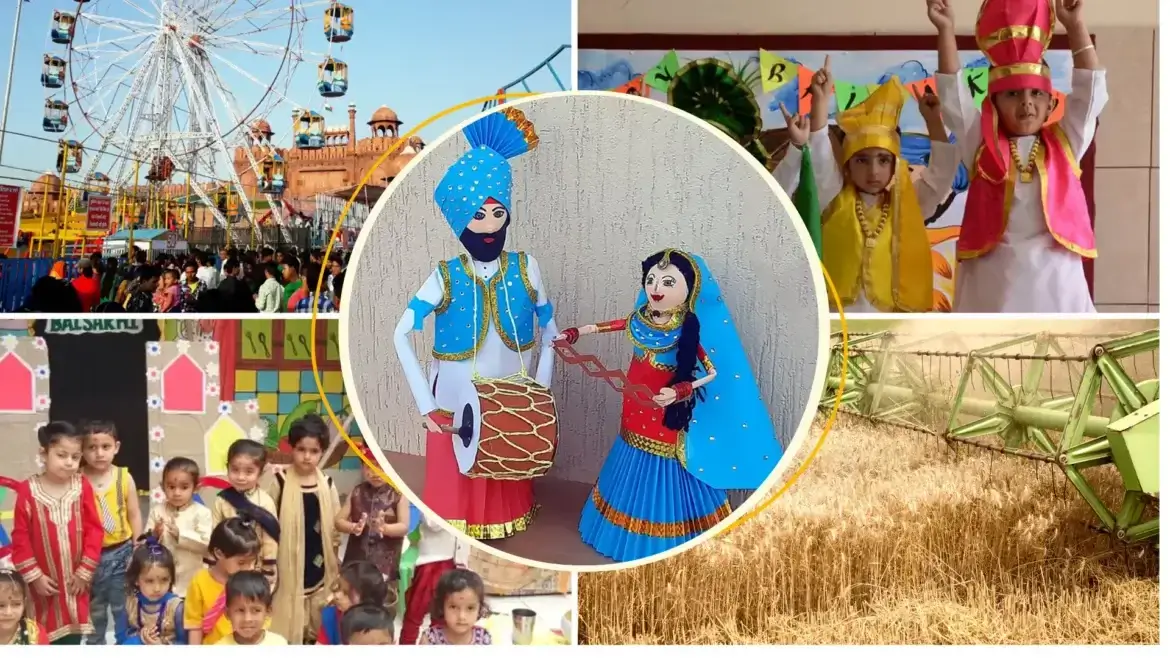



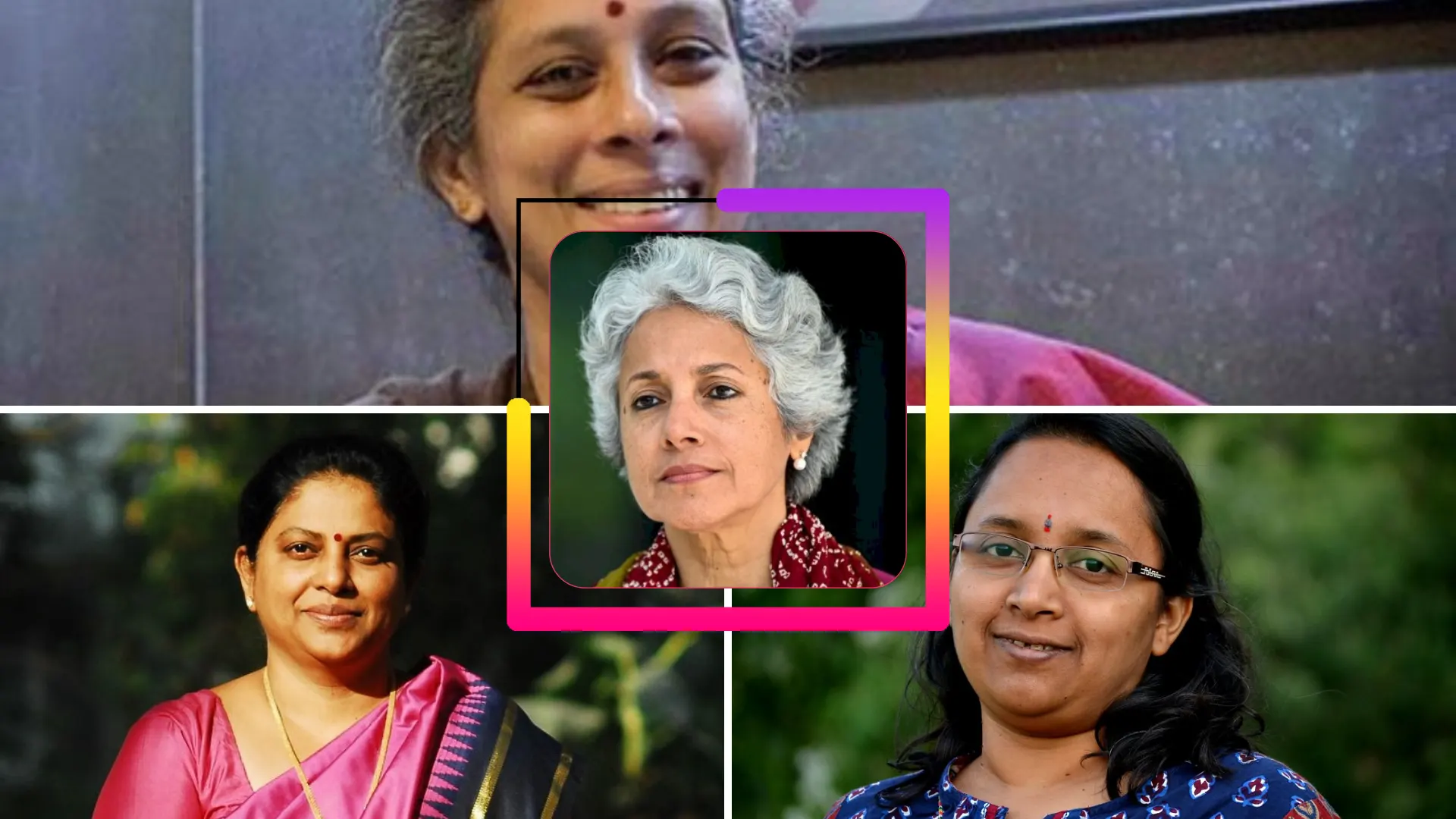
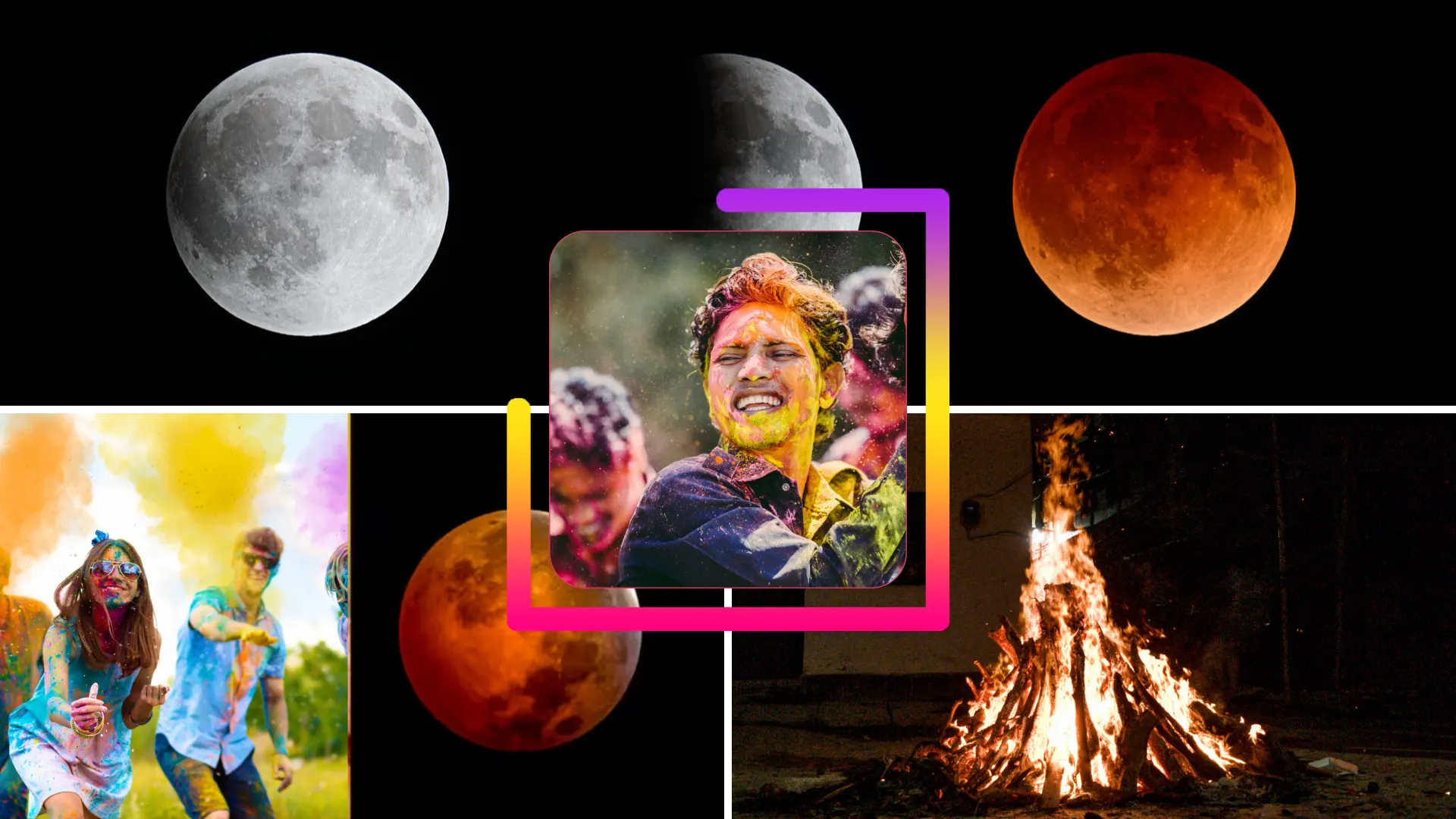
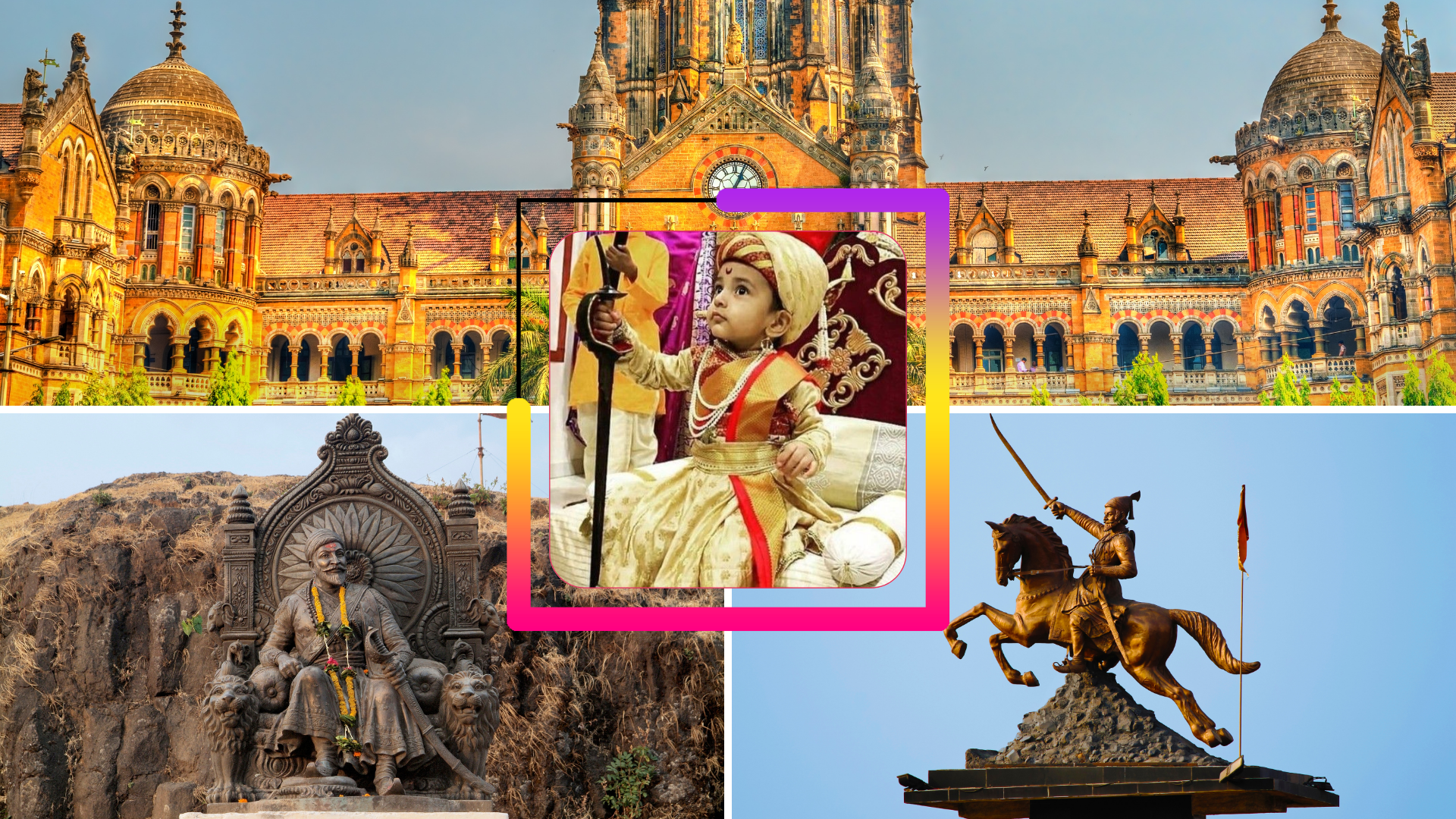


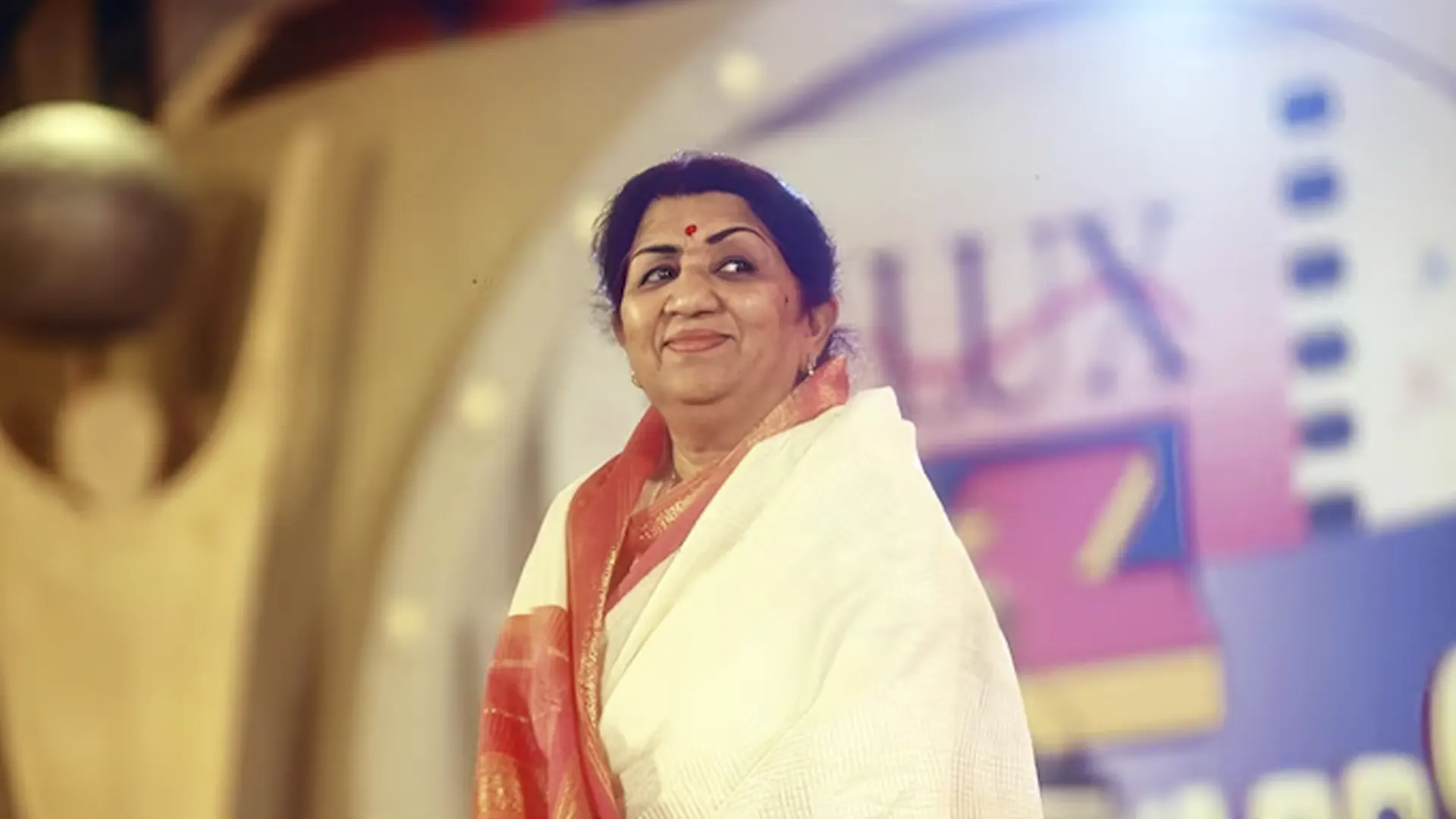
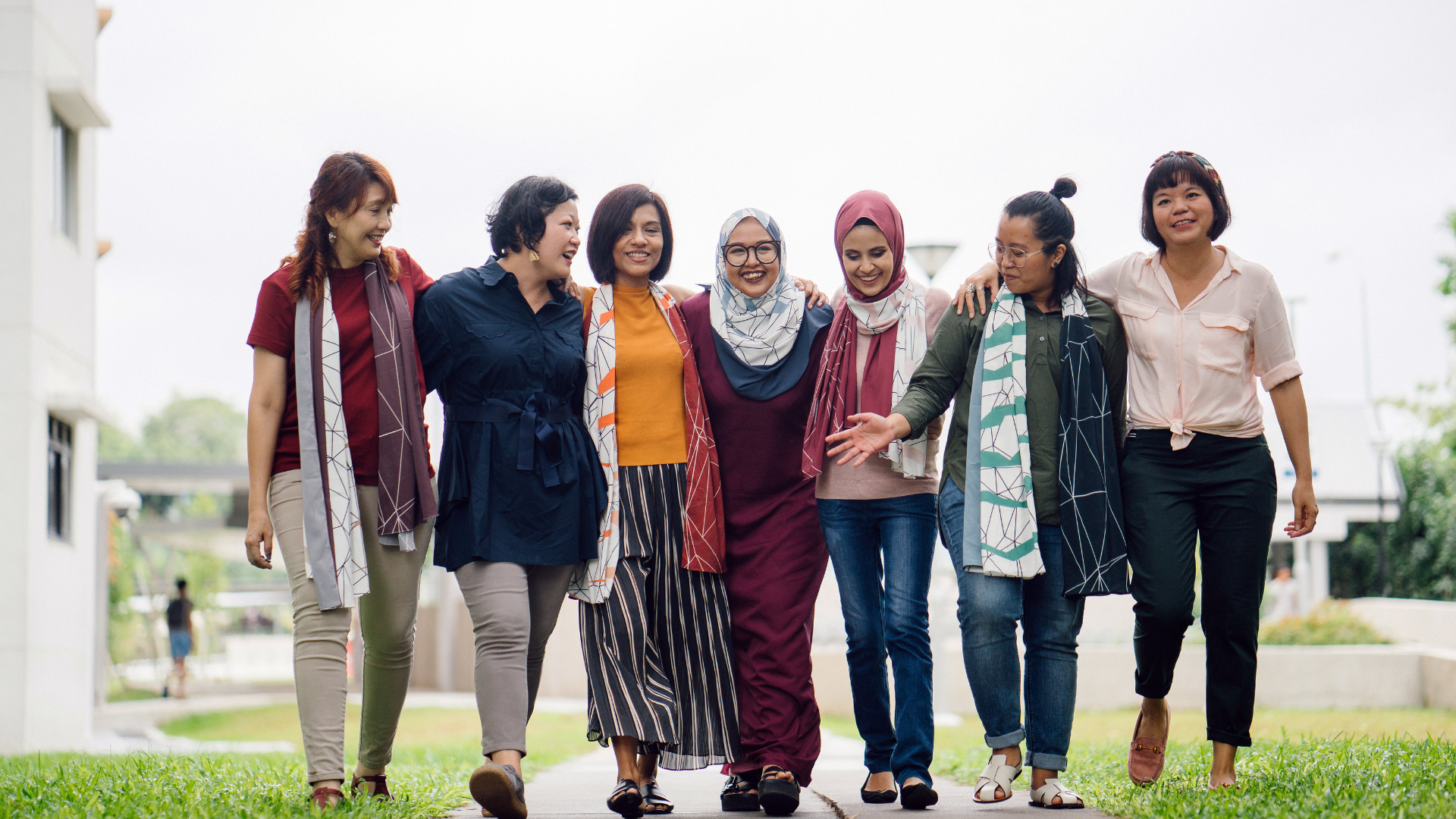






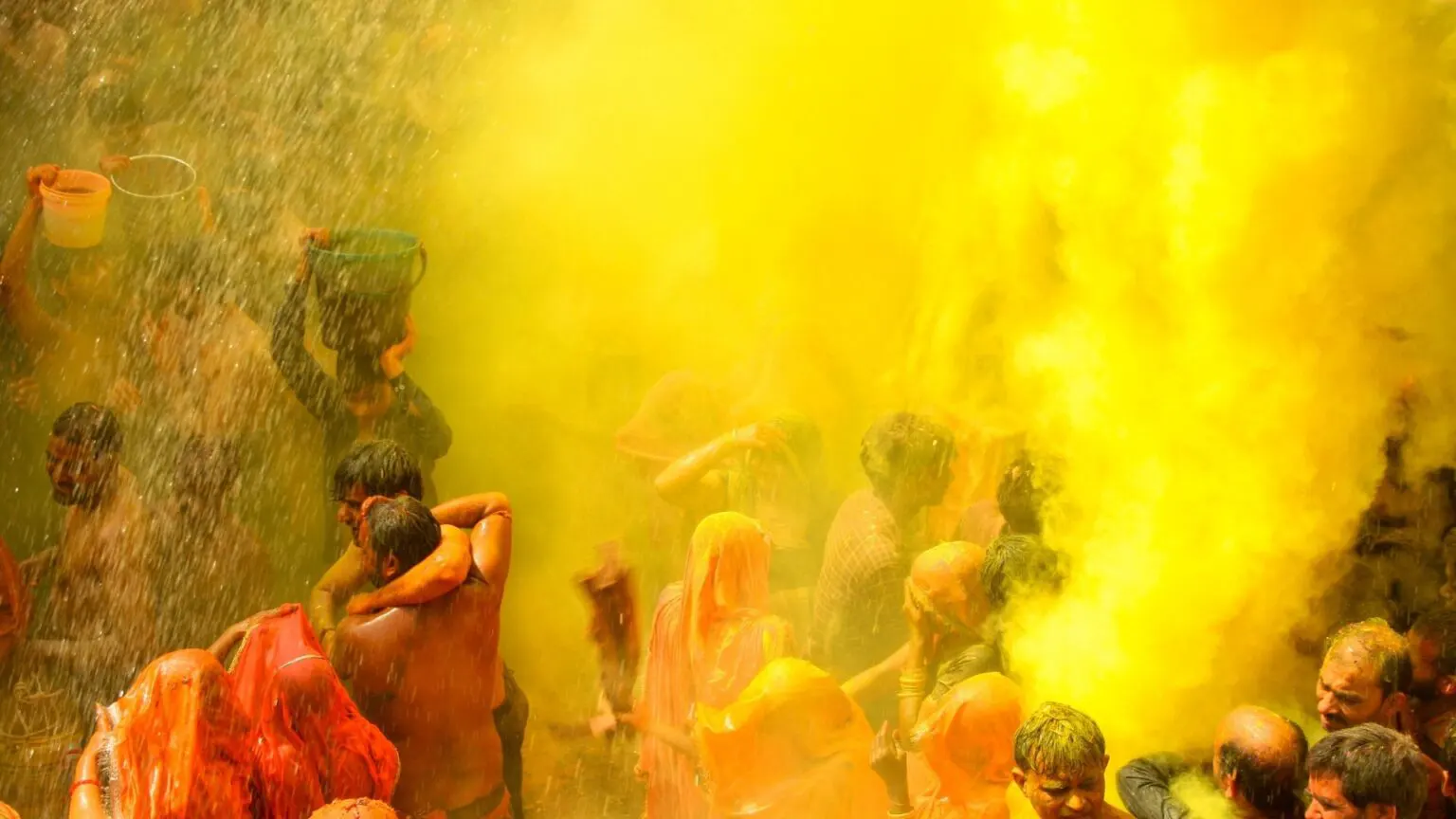
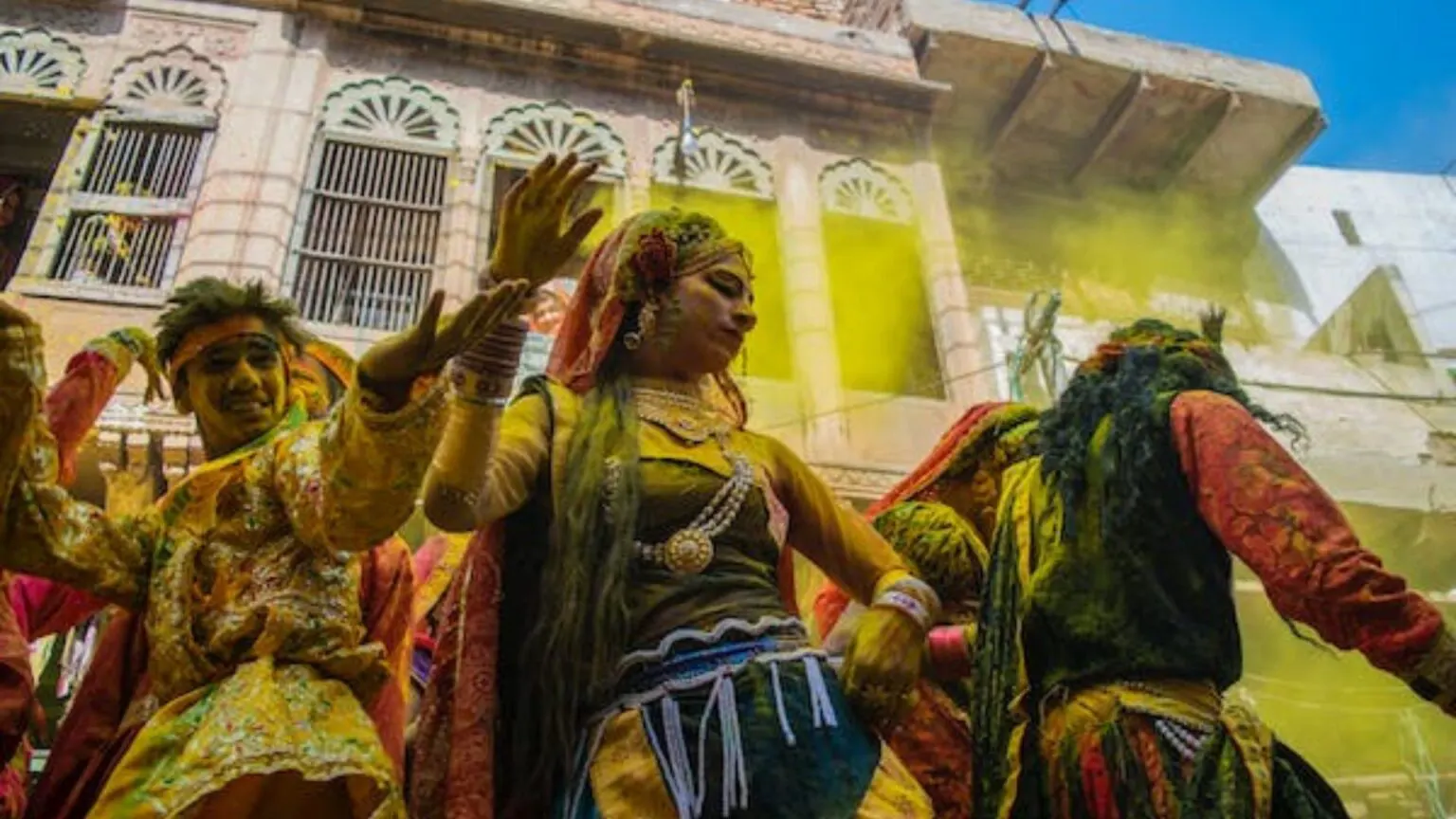
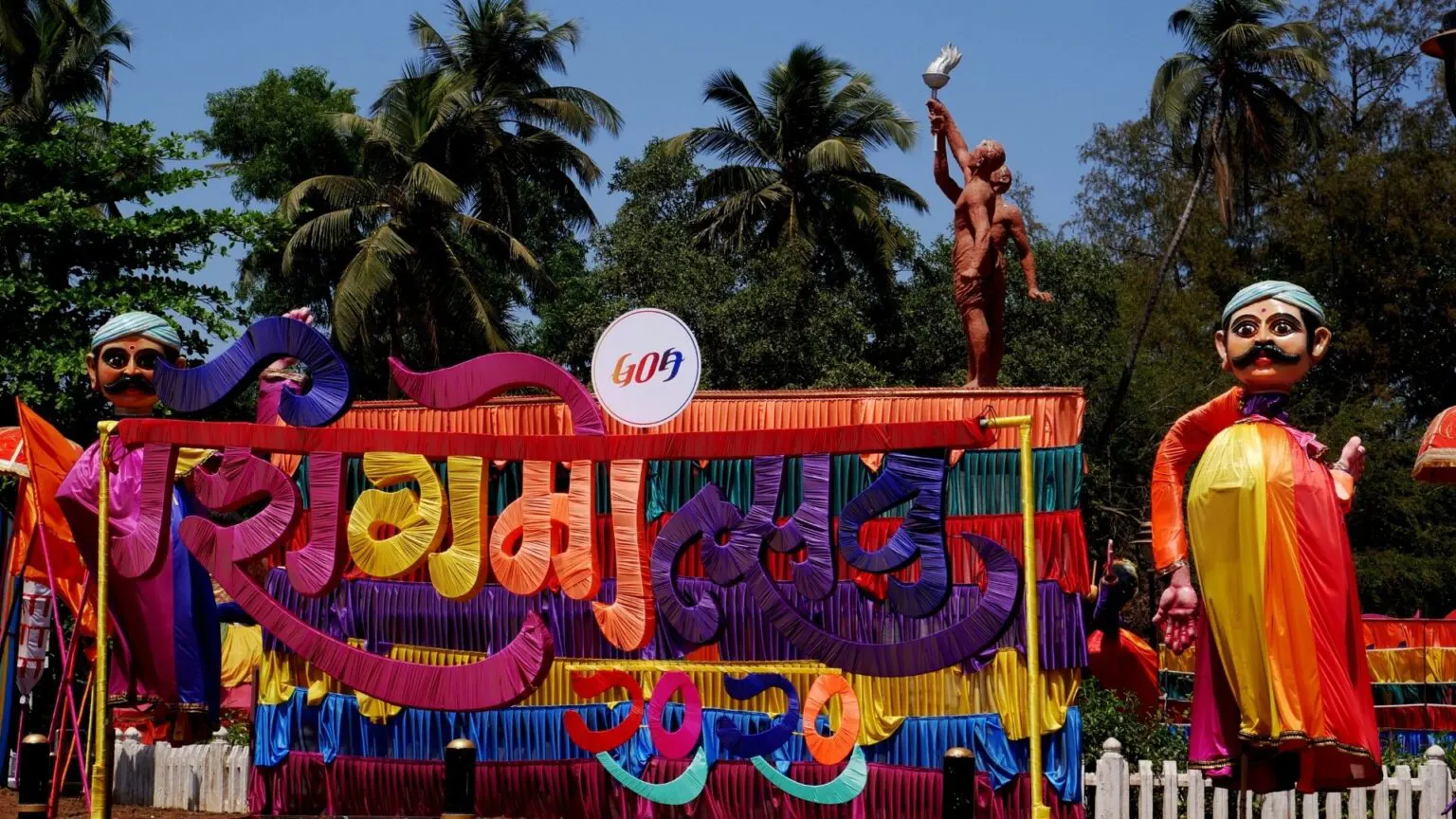
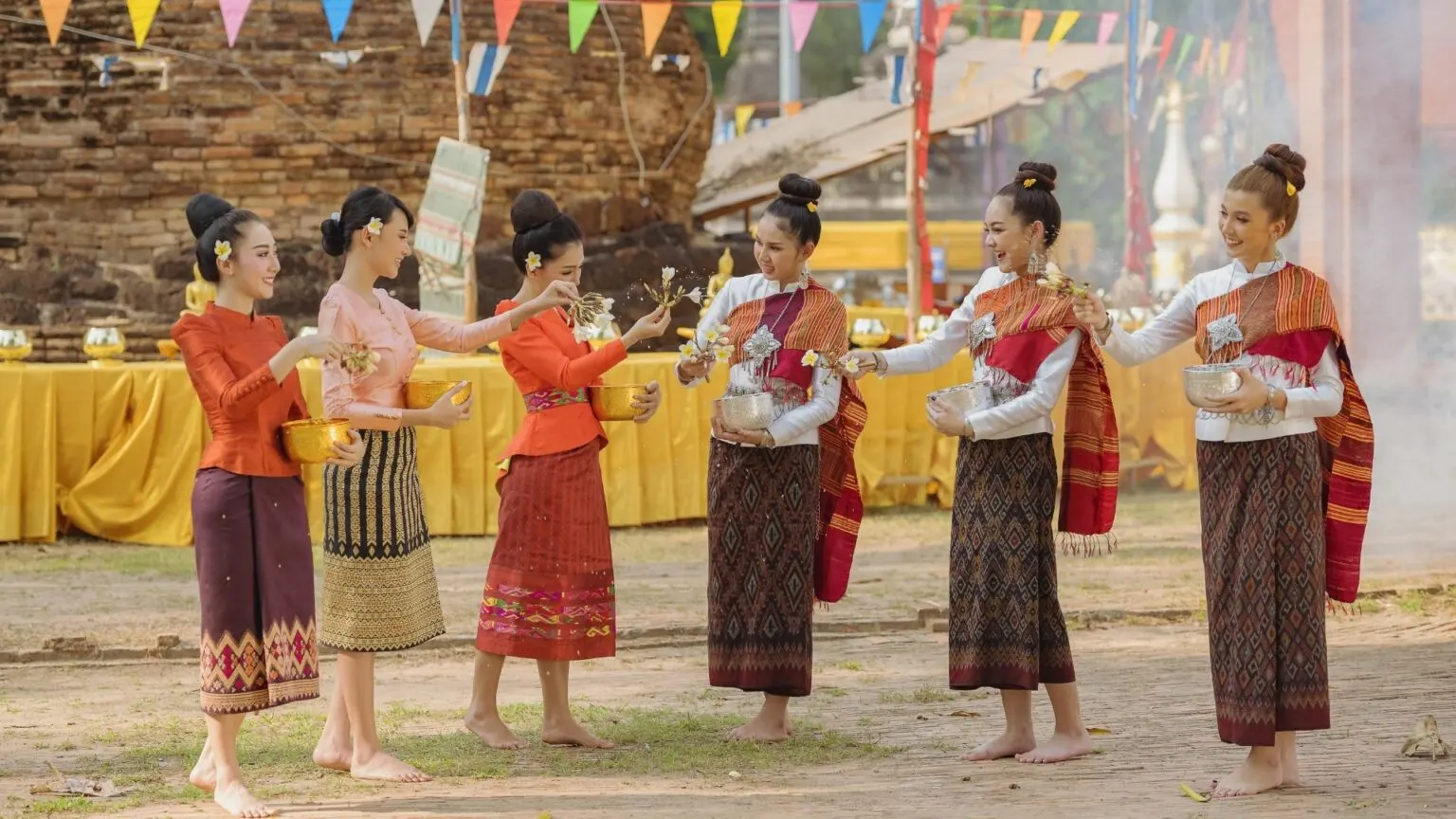





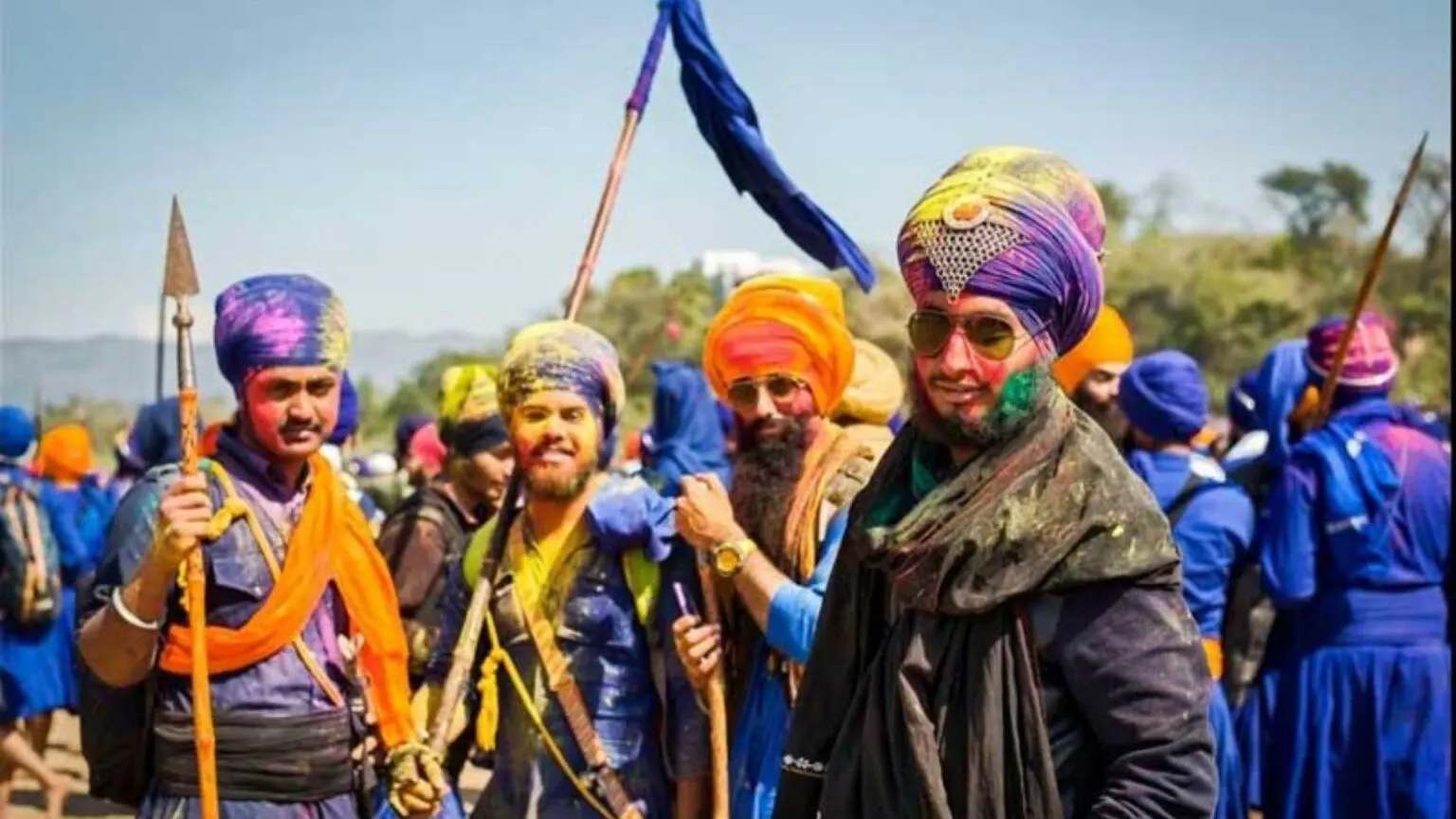
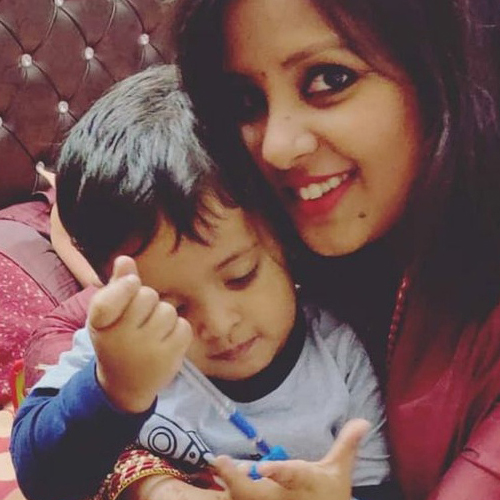
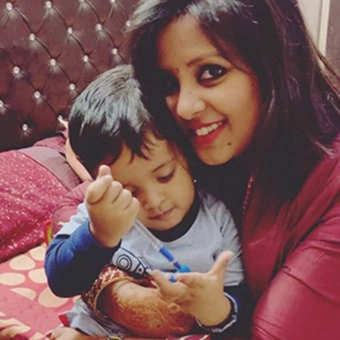

One reply on “14 Styles of Indian Holi Celebrations”
I loved the way you explained the significance of Holi in your post